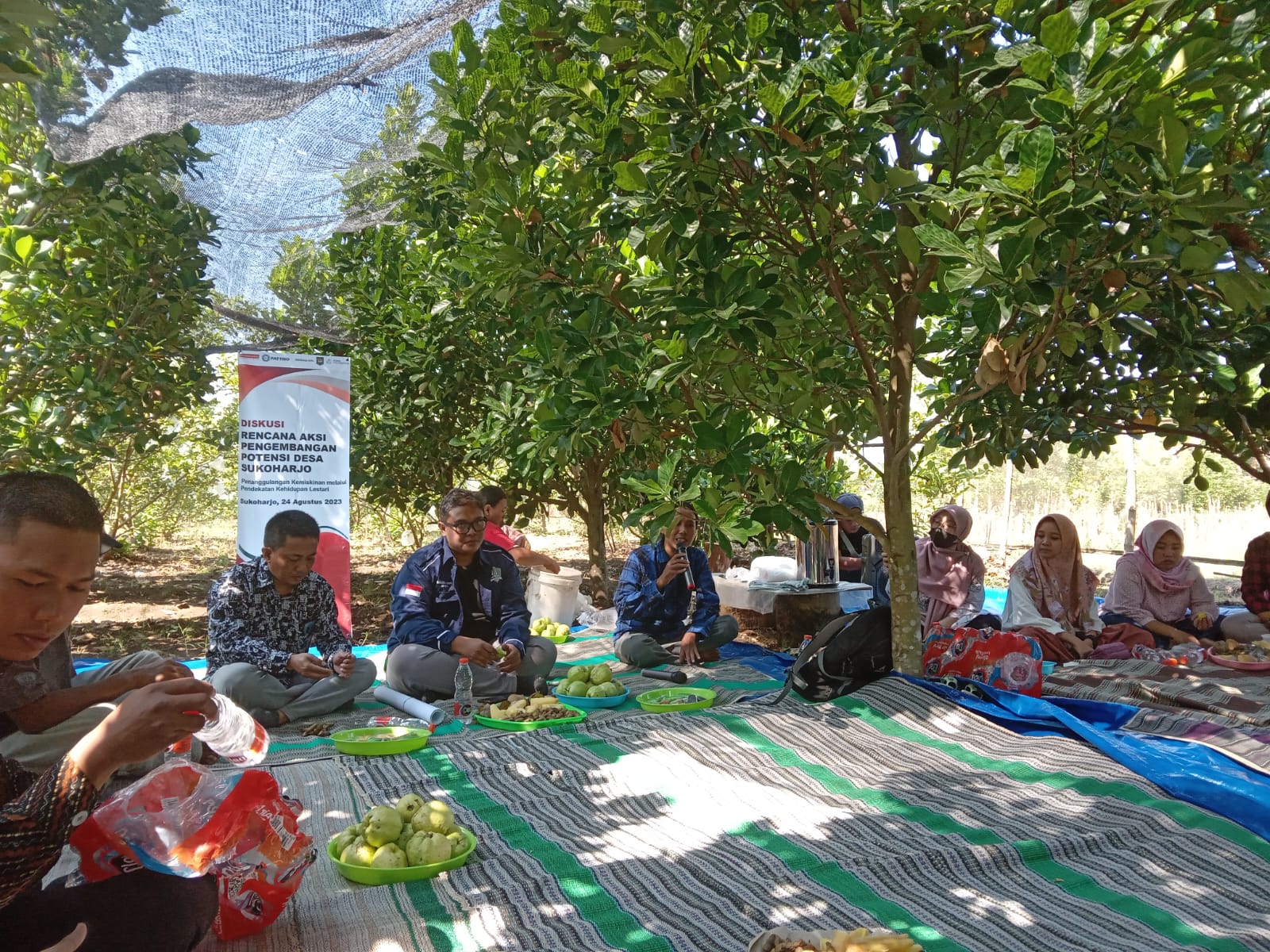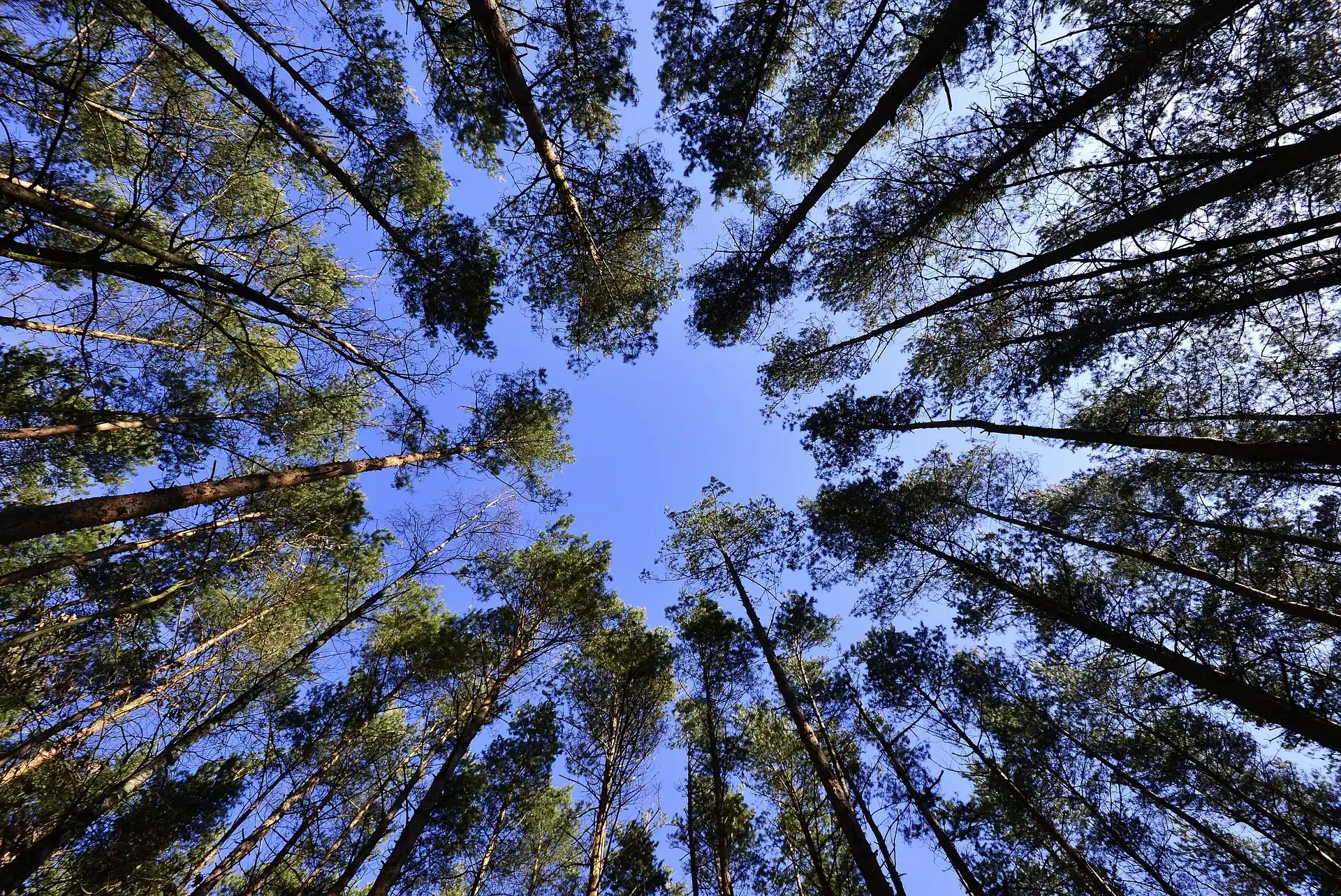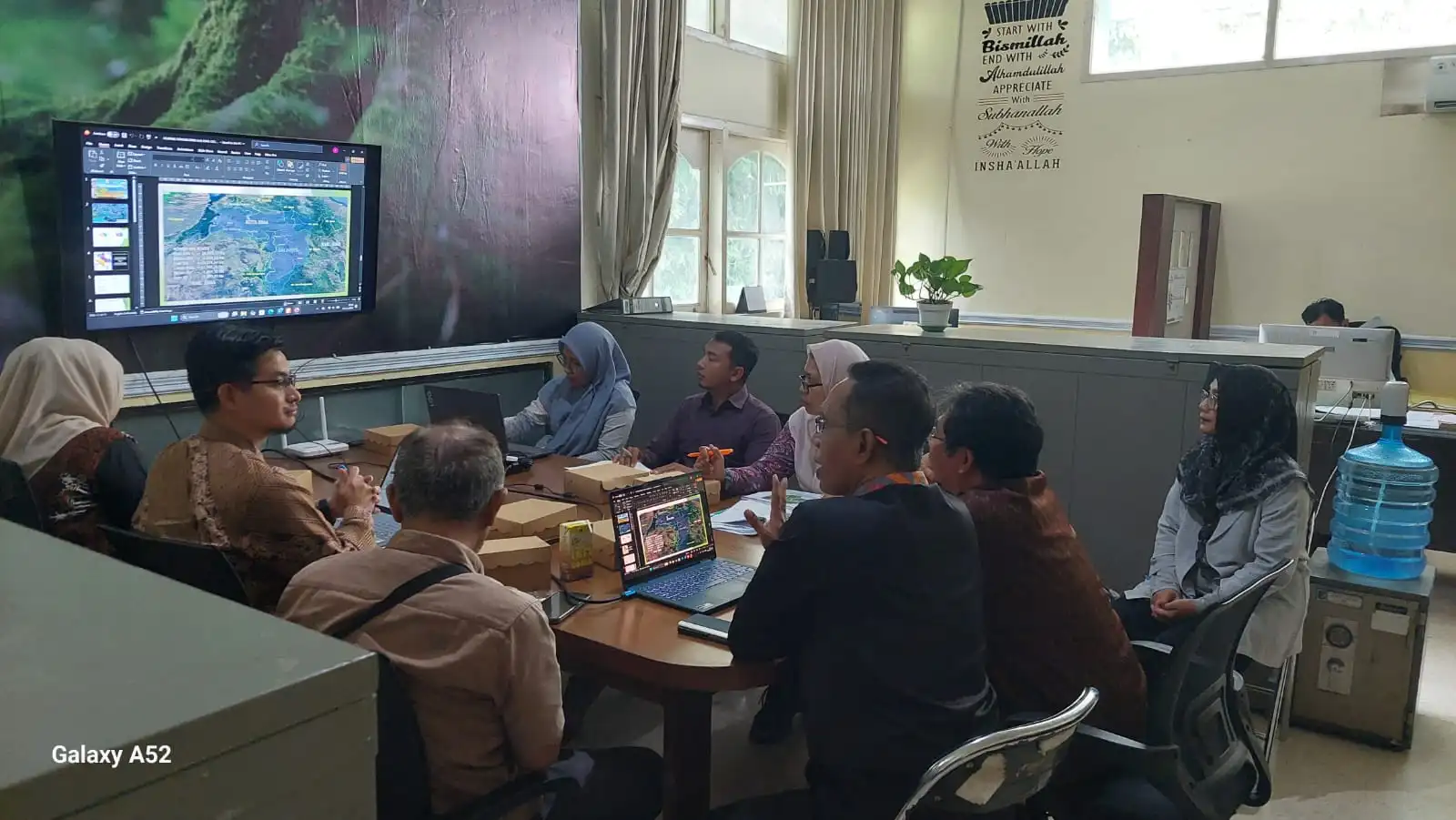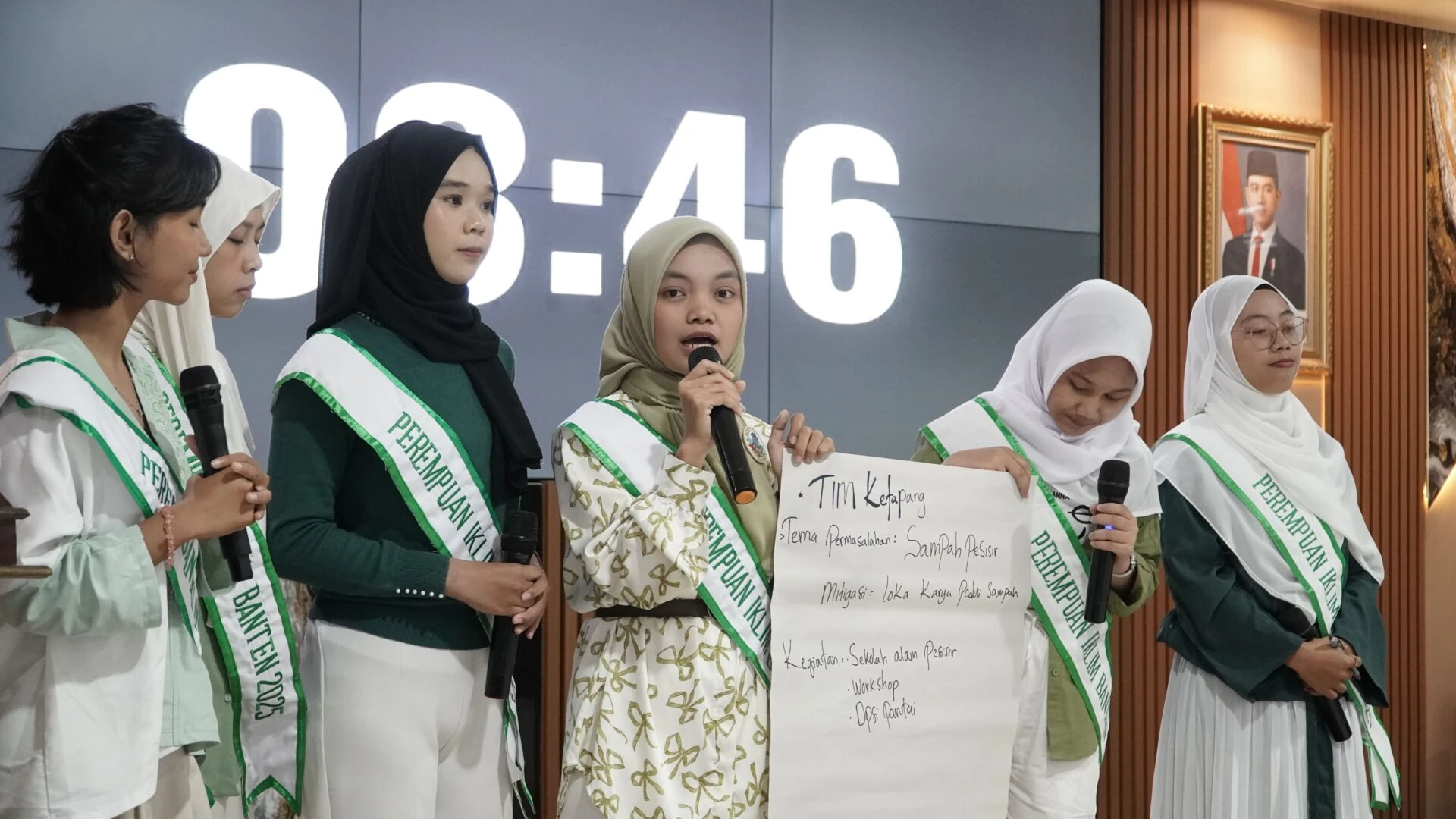Despite living in an area rich in mining resources,the fate of the residents in Sukoharjo Village is really mesakno. In the midst of the exploitation of natural resources by the oil and gas industry, they must bear the heavy burden of poverty, social inequality, and environmental damage that continues to threaten their livelihoods.
Sukoharjo village is located in the circumference of the Kedung Keris Field oil and gas mine block Cepu. Sadly, although it accounts for about 30% of national oil and gas production, residents in Sukoharjo village still live below the poverty line. Based on BPS data in March 2024, the poverty rate in Bojonegoro Regency still reached 11.69%—although it shows a downward trend, this figure is still far above the national average of 9.03%.
Sukoharjo village is often hit by drought and flooding due to village land on the banks of the Bengawan Solo River which is arid and has not been used optimally. Disgusted with this condition, the head of Sukoharjo village initiated the utilization of abandoned land to reduce the impact of disasters while increasing economic value. Together with residents, universities, and civil society groups, the Sukoharjo village government is looking for concrete solutions to these problems. This step is part of the Institutional Strengthening and Innovation Development Program for the acceleration of Village Poverty Alleviation, run by the Bojonegoro Institute together with the Regional Information and Analysis Center (PATTIRO), with the support of the Ford Foundation and the Ministry of Home Affairs.
Through the sustainable livelihood approach (SLA), citizens and stakeholders have identified five main livelihood capital: natural, human, social, financial, and infrastructure capital. From the results of this discussion, the residents of Sukoharjo village agreed to develop the Agroforestry ecotourism village area collaboratively by involving various parties.
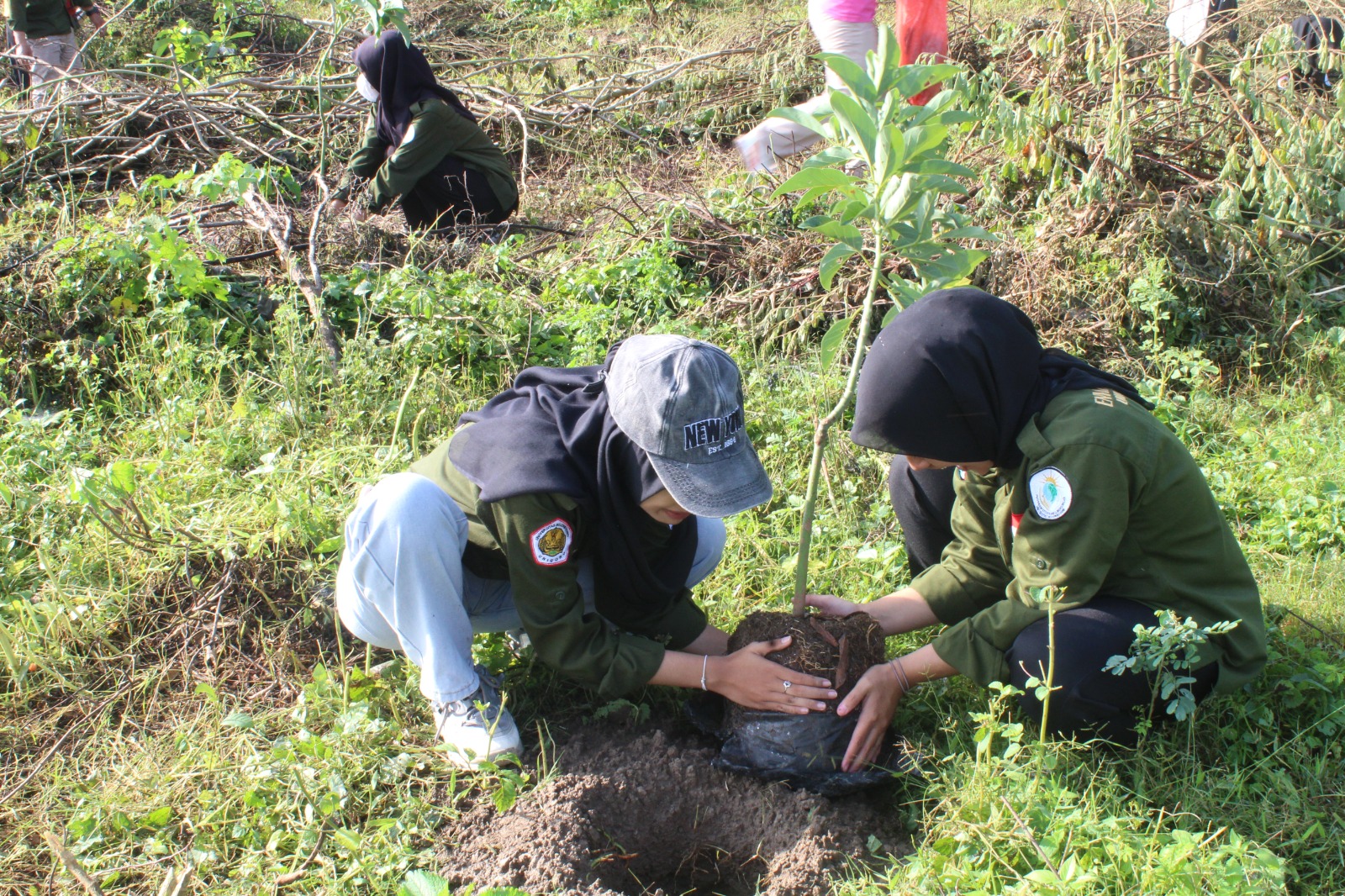
The initiative in Sukoharjo village begins with enriching conventional agriculture that previously only planted crops into the wana tani (agroforestry) system which also develops economically valuable fruit crops, such as Crystal guava and jackfruit honey. In addition, residents also planted Pule tree seedlings to prevent abrasion along the Bengawan Solo River, as well as avocado trees designed to be part of fruit picking tours on village land.
This greening movement is not only part of the moral responsibility to contribute to protecting the environment, but also aims to improve the welfare of citizens. Through the development of economically valuable fruit crops, residents are expected to increase income while preserving the environment. In fact, Sukoharjo Village also invites other surrounding villages to work together in maintaining the riverbank ecosystem from upstream to downstream through an agroforestry planting system.

